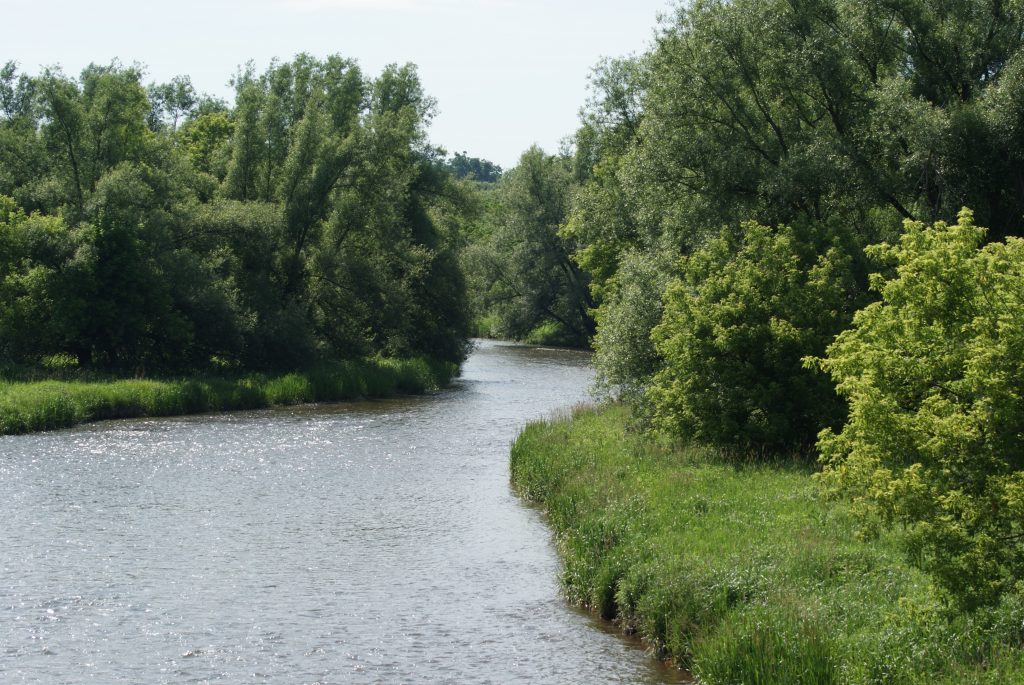Part of growing up is learning to make decisions that can improve your future. But that wasn’t the case in York Region where recently, Council made some problematic decisions about the region’s future growth.
The region stated a preference for a 40 per cent or 45 per cent intensification rate and the expansion of urban boundaries. For those of us without planning degrees, this means paving over prime farmland, and will result in more sprawl and more gridlock. With the option of no urban expansion taken off the table, Council’s message was clear – York Region doesn’t want to grow up. It wants to keep sprawling out.
Growing up can be hard. It can be challenging to learn new things, chart new ground, and make your way in the world. But it’s time York Region moves away from an old fashioned 1950s model of growth. If the region wants to build healthy and sustainable communities, it needs to reject outdated models for growth and embrace a modern, smart growth model. And we have some advice for how the region can do that.
The good news is there is a roadmap for smarter growth. Ontario’s Growth Plan, which is currently under review, sets out a path for municipalities to limit sprawl and invest in compact growth that is more economical, better for the environment and can improve residents’ quality of life.
What does smart growth look like? It’s mixed use, walkable, transit-oriented communities, where land is used efficiently and where intensification targets ensure a mix of housing options, not just costly low-density sprawl. Compact growth is less expensive for municipalities because services like water pipes and roads already exist, rather than needing to be built from scratch. That means less of a drain on municipal finances (and on taxpayers’ wallets.) Savings from compact growth can enable municipalities to invest in things like public transit that benefit communities and our climate.
Here are five tips that can help York Region feel more secure about growing up and into a smart growth future:
- Take responsibility and plan for the future: Living in the now is the hallmark of youth. Taking responsibility and planning shows maturity. It’s time for York Region to address its soaring debt – the highest in the province. Voting for more sprawl will leave taxpayers on the hook for decades due to the pricey cost of building and maintaining infrastructure to service sprawl developments. Ending the cycle of sprawl will help keep the region’s debt from growing completely out of control, ensuring a more secure and resilient future.
- Seek advice and keep lines of communication open: York Region residents have barely had a chance to weigh in on the discussion about the future of their region. Keeping lines of communication open with residents who will be impacted by growth decisions is key. The region should start extensive public consultation and engagement now before final decisions about intensification rates are made in the spring.
- Siblings are there to help: In the Greater Golden Horseshoe, we don’t have to look far for an example of smarter growth. Waterloo Region is close to achieving 60 per cent intensification. By growing more compactly, Waterloo is revitalizing its downtown and being rewarded with funding from the province to build light rail transit and bus rapid transit that will connect Waterloo, Kitchener and Cambridge. Waterloo can show York what is possible. Breaking out of the sprawl mindset takes courage, but other regions are doing it and their residents are reaping the rewards.
- Watch out for false information: Some in the development industry want to keep building outdated 1950s style sprawl. These sprawl developers argue falsely that smart growth will mean no more single family homes will be available, and that building more sprawl subdivisions will help York Region stay afloat through development charges. The reality is that a huge percentage of current housing in the region is single family houses – but these are in far-flung places where many people don’t want to live. What’s actually wanted by 81 per cent of families is a healthy housing mix of mid and higher rises in transit-friendly, walkable communities, according to a study by the Pembina Institute and the Royal Bank of Canada. Moreover, development charges for sprawl do not cover the long-term infrastructure costs. The more sprawl in York Region, the deeper the region’s debt. And the more the burden is passed onto taxpayers.
- Learn from past mistakes: Making mistakes is part of life; it’s learning from them that helps us make better decisions. It’s clear that the 1950s model of sprawl development has high financial, environmental, and social costs. We’ve learned a lot since the 1950s. We now know there is a better way to grow.
York Region can face growth challenges and opportunities through smart growth solutions that will create livable and sustainable communities that residents can be proud of, and that will set an example for other regions that are looking to grow up.
Help spread the message. Tell Ontario to say goodbye to sprawl and support smart growth.







